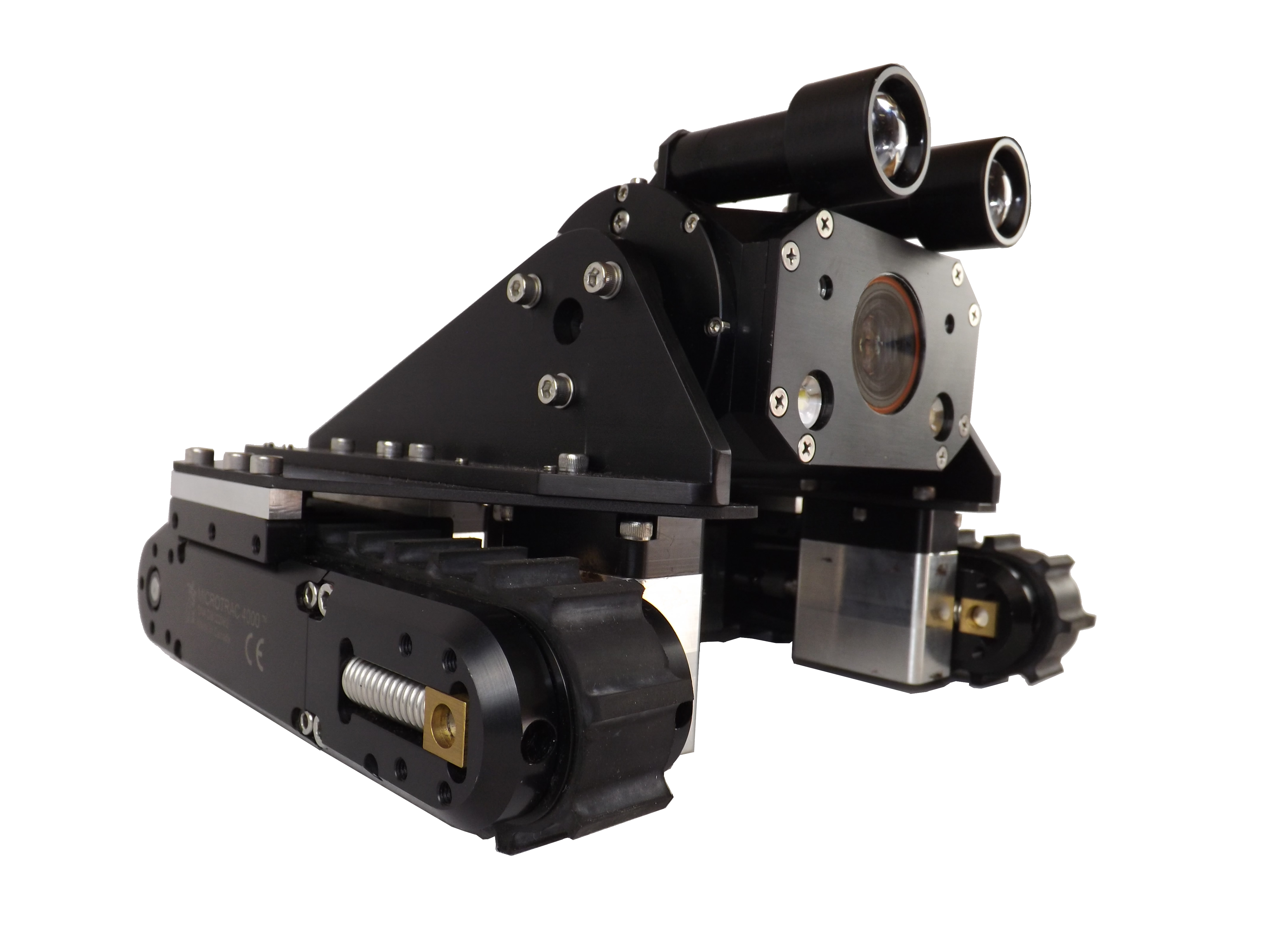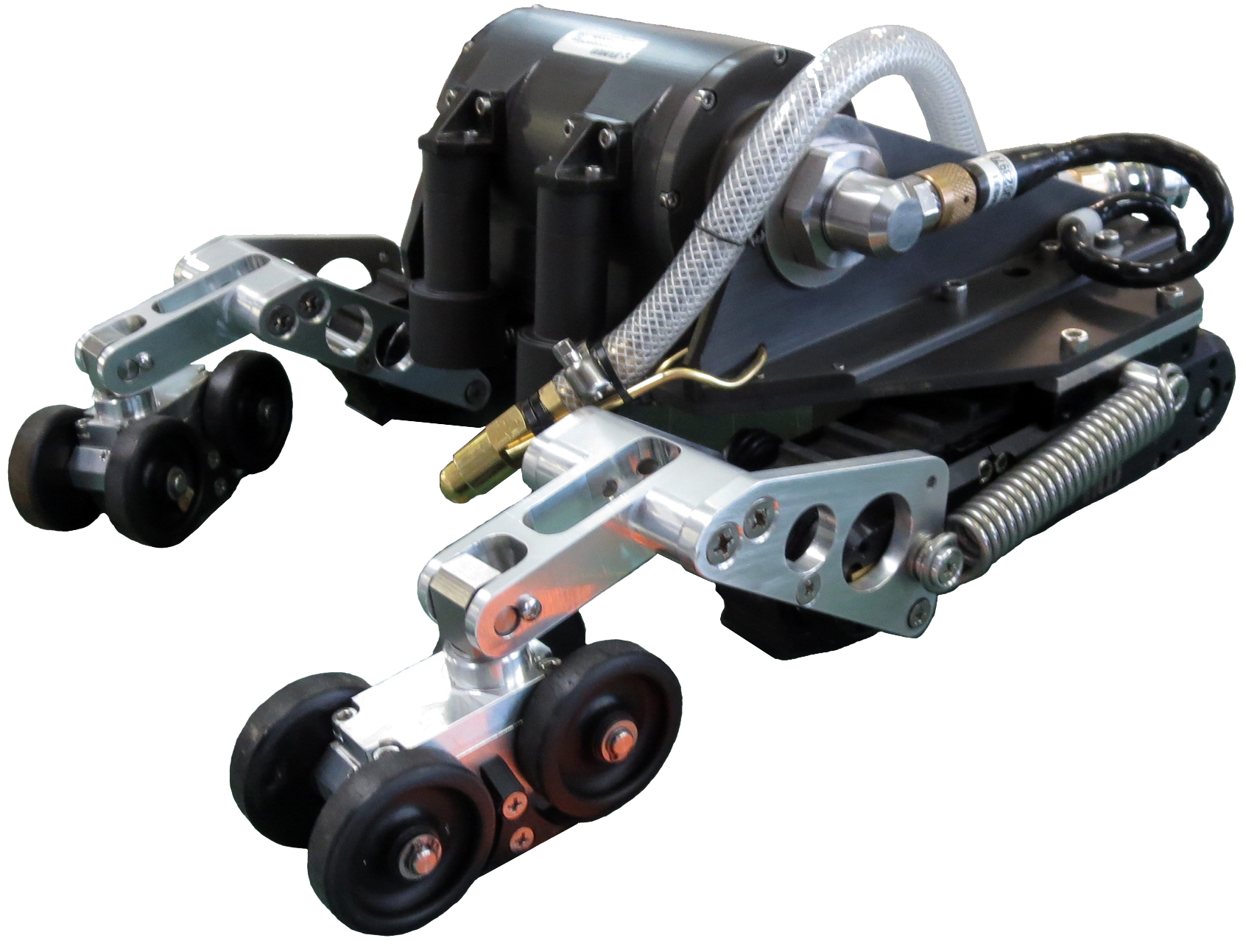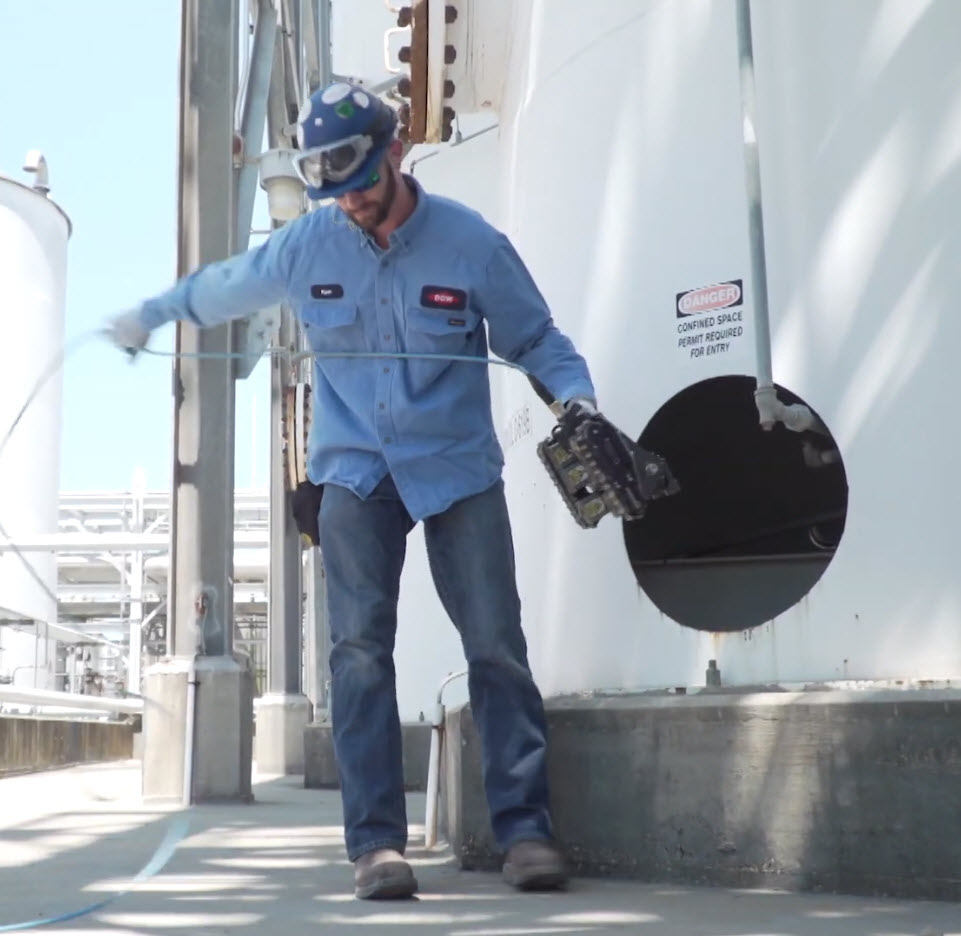How to Safely Inspect Petrochemical Pressure Vessels Internally
Ask an expertCertifying the structural integrity of pressure vessels is not only mandatory from a regulatory perspective, but also imperative for both human and environmental safety — yet the pursuit of fitness-for-service certification carries its own risks when performed by direct human intervention. Factors such as temperature, toxicity, and confined or inaccessible spaces are common in pressure vessel inspection applications in the petrochemical, nuclear, and oil and gas sectors. Standards mandate these inspections to avoid a calamitous disaster resulting from a defect left to fester. There is a requirement for safe access, and inspection efficiency is paramount while the asset sits offline unable to generate revenue for the plant. When a client was faced with a particularly unique challenge for an internal polyethylene pressure vessel assessment, they turned to Eddyfi Technologies for a solution that would prevent placing humans in harm’s way.
The Challenge
Collect visual data from inside petrochemical plant pressure vessel featuring complex geometry

Standard Magg™ miniature magnetic crawler
The solution may seem obvious: send in a robot to carry out the inspection job. A proven alternative, unmanned inspections enable successful condition monitoring and turnaround planning. An unmanned ground vehicle will look for any damage that can make the pressure vessel unsafe for operation like cracks, corrosion, or weld defects. The Magg™ is a miniature magnetic crawler well known by the petrochemical industry. The confined space entry robot was even featured as the safer inspection solution in Dow’s sustainability report. Offering real-time recording of live video, still images, and sensor data during structural integrity assessments, operators deploying Magg can safely collect auditable information for informed decisions.
Unfortunately, for this specific application, the polyethylene pressure vessel presented a few challenges. Unlike a typical storage tank, these pressure vessels exhibit more complex geometry forcing a remotely operated crawler to climb vertical walls but also incline planes and transition sections without falling off or losing traction. Moreover, the surface of this pressure vessel had a build-up of non-magnetic, slippery material.
Learn moreThe Solution
Inspection robot customized to overcome slippery surface and difficult angles

Modified Magg™ miniature magnetic crawler
Sometimes even the best can benefit from a helping hand. In this case, Eddyfi Technologies resolved the problem with two arms. By exploiting the modular design of the Magg and building from previous experience, we were able to design new magnetic arms that extend out in front of the vehicle. Resembling the inspection crawler’s own roller skates, these new “reactor arms” were bolted onto the tracks that drive the Magg. The remotely operated vehicle was extensively tested in the factory to confirm its ability to negotiate a transition mimicking the shape of the reactor vessel, even with a simulated 6.35-millimeter, or 0.25-inch, thick coating. The custom robot solution successfully enabled the risk assessment of critical factors such as design, cyclic fatigue, and product induced corrosion, as well as locating suspect areas internally for additional analysis – all while removing the need for stopping service, cleaning or emptying vessels, or requirement for scaffolding.
Request a quote
Benefits
- Reduced risk to humans and environment, time and cost savings, and greater efficiency with enabled robotics

The use of robotic solutions translates to tremendous reduction of work-related health and safety risks, less downtime of the pressure vessel, and lowered costs during turnarounds. According to one source, employing an unmanned system for remote visual testing offers savings between $5,000 to $50,000 USD per deployment by not having to shut down or send personnel into these vessels.
Because visual inspection is usually the first technology deployed, indications are followed up with phased array and time-of-flight-diffraction for more information. We offer enabled robotics for advanced non-destructive testing including standard ultrasonic testing packages to facilitate even higher efficiency and productivity during remote internal inspections.
While most standard Eddyfi Technologies robotics will achieve the desired result, our Center of Excellence for Robotics loves a good industrial challenge. Contact us to discuss your next job!








